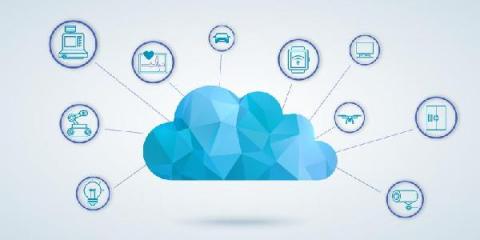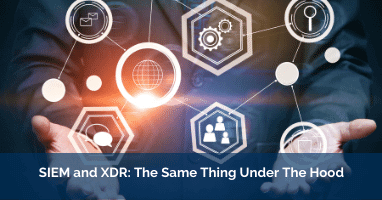WLAN under fuzzing with Defensics
A wireless LAN (WLAN), also commonly called Wi-Fi, is a wireless local area network defined in the various IEEE 802.11 standards and certified by Wi-Fi Alliance. WLAN capability used to be listed using the name of the IEEE standard amendment that it supports. Now the Wi-Fi Alliance uses generational numbering for corresponding technology support: Wi-Fi 4 (for devices implementing IEEE 802.11n), Wi-Fi 5 (IEEE 802.11ac), and Wi-Fi 6 (IEEE 802.11ax).









